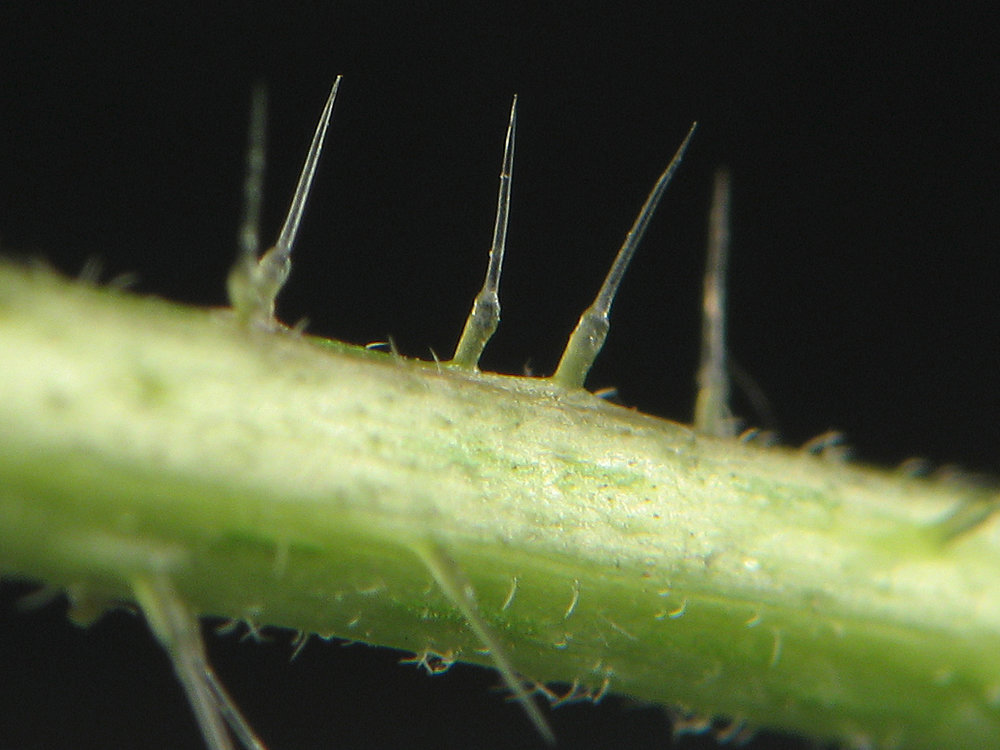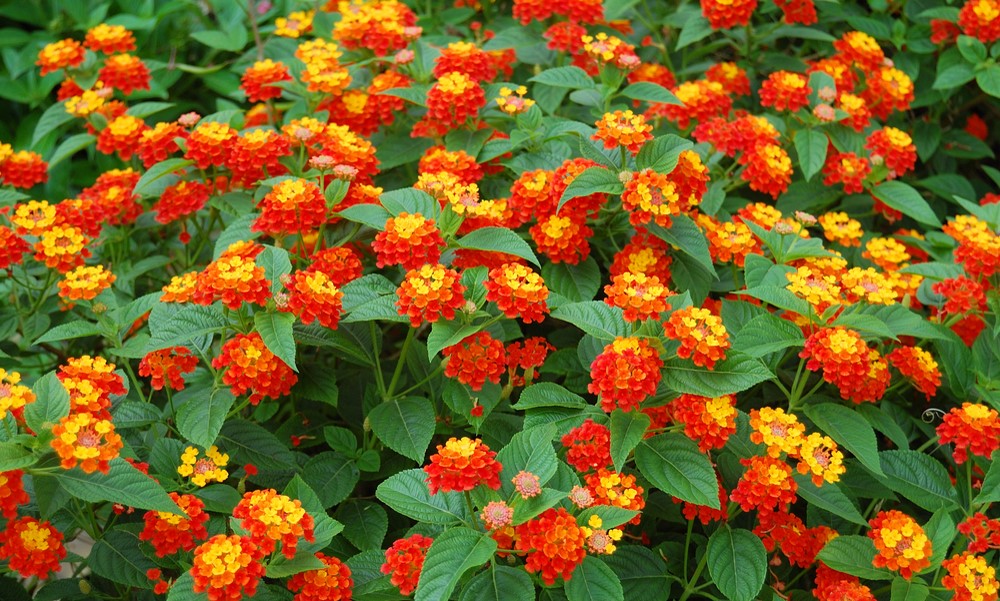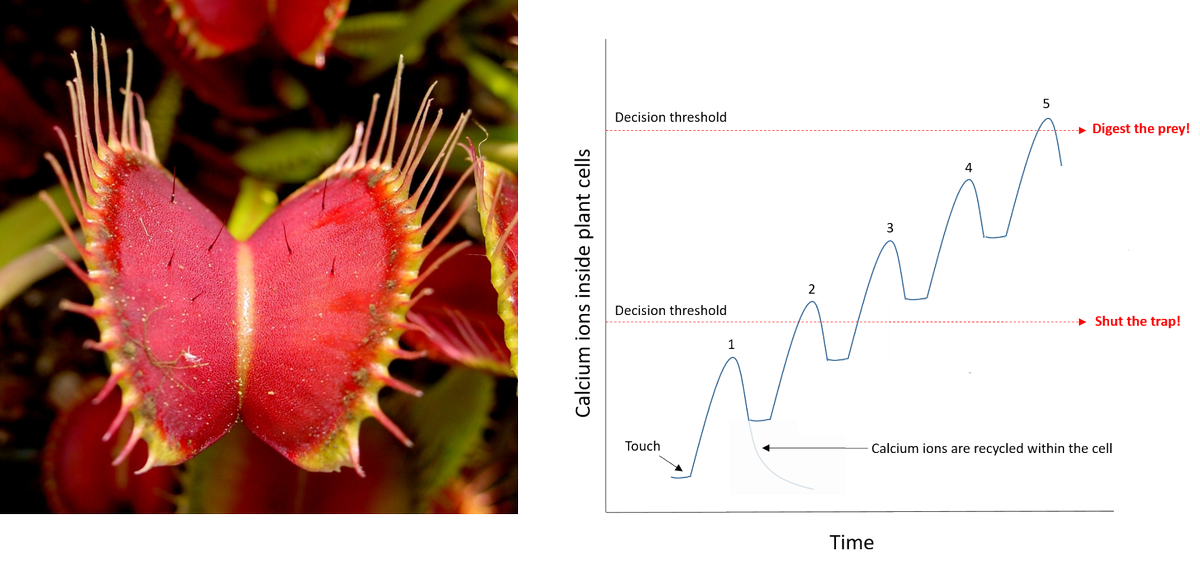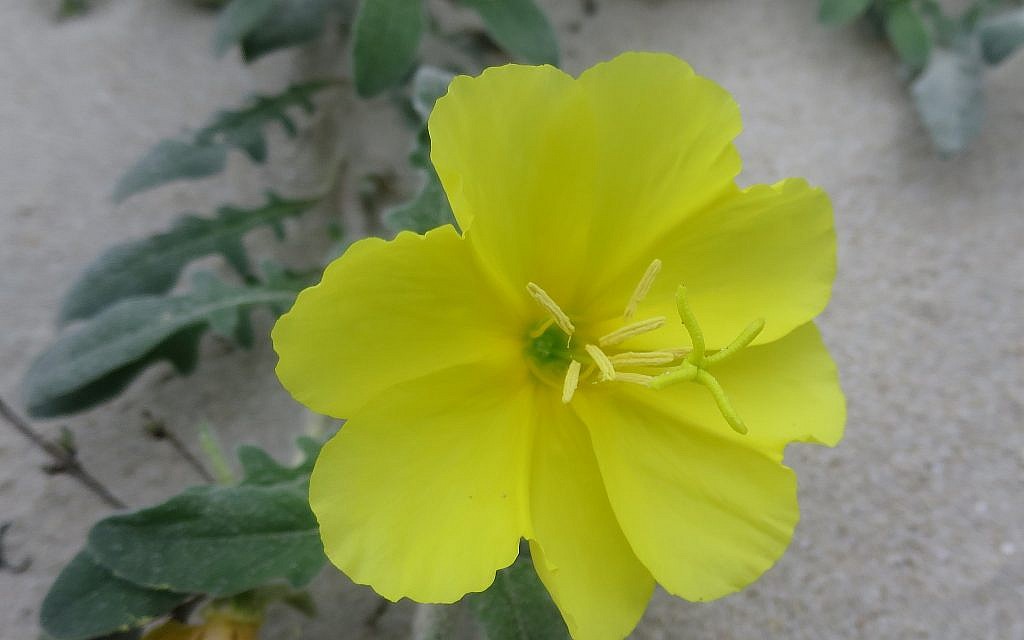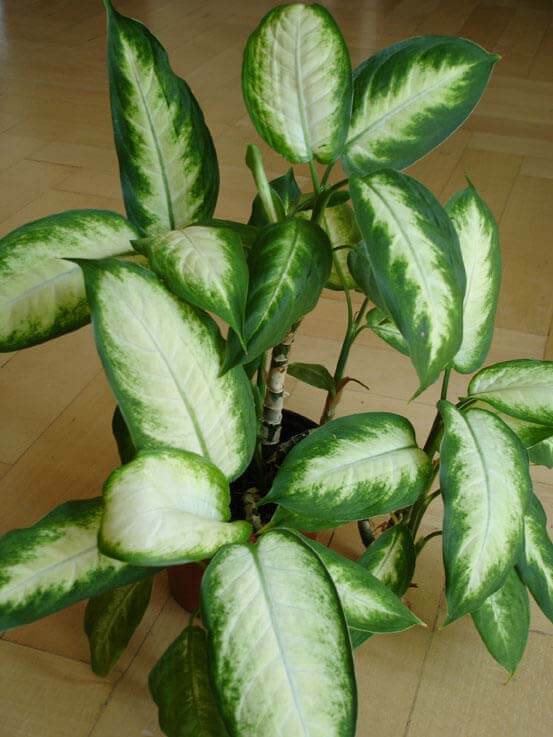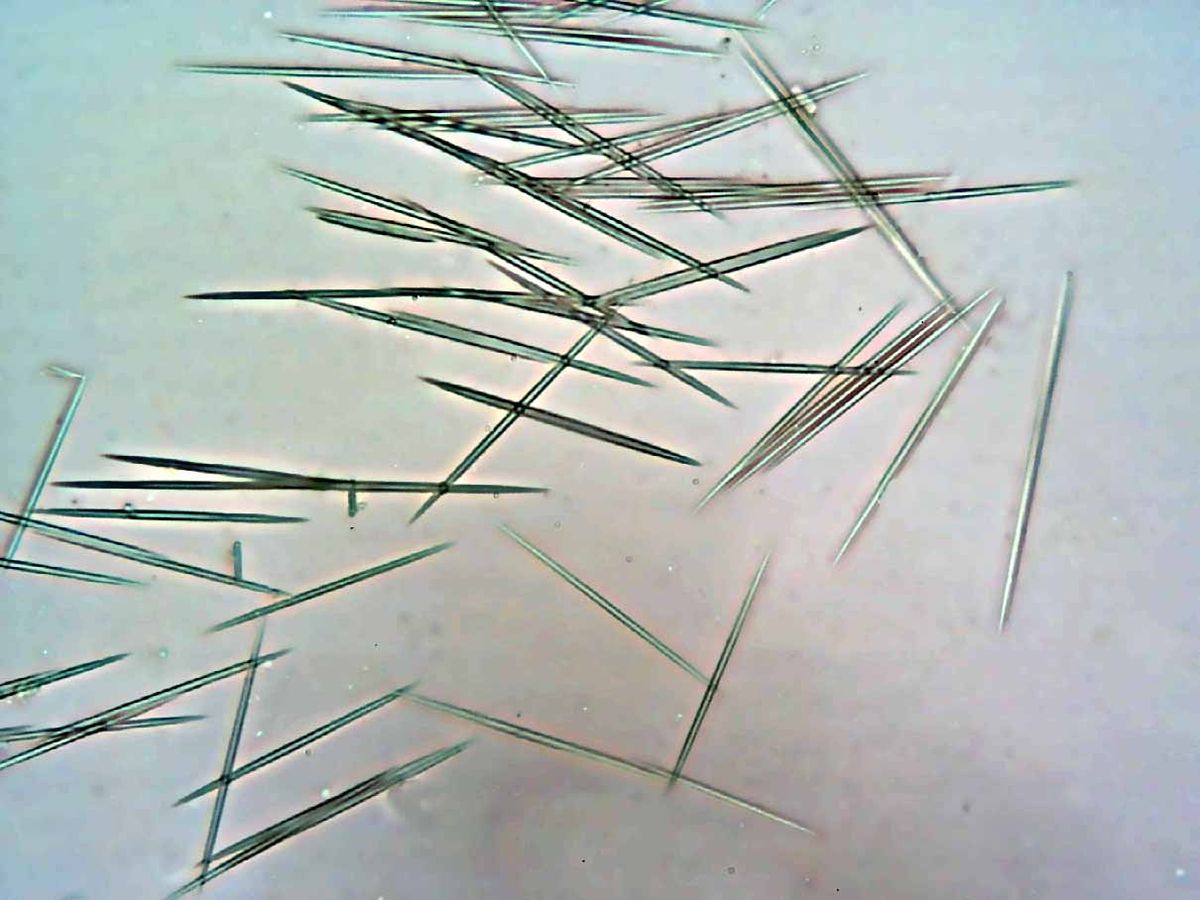Preparing teaching materials *all-the-ways* for next semester, and thought I& #39;d start sharing why this zoologist fell in love with #plants
Exhibit A - The nettle.
Defends itself with trichome cells encased in biologically-synthesised glass (silica)...what the what?
1/5
Exhibit A - The nettle.
Defends itself with trichome cells encased in biologically-synthesised glass (silica)...what the what?
1/5
When you touch the trichomes, they lacerate your skin, breaking the silica casing & releasing the chemical contents into your dermal tissue.
The stinging sensation = organic acids. Chemical weapons may seem OTT, but when you can& #39;t run away, things get serious, quick.
2/5
The stinging sensation = organic acids. Chemical weapons may seem OTT, but when you can& #39;t run away, things get serious, quick.
2/5
The nettle has also weaponised a communication compound commonly associated with your immune system - histamine.
The histamine that is released from the trichome into your dermal tissue tells your tissue to become more permeable, allowing the organic acids to spread.
3/5
The histamine that is released from the trichome into your dermal tissue tells your tissue to become more permeable, allowing the organic acids to spread.
3/5
This explains the swelling you see when you are stung by a nettle. Histamine also attracts other immune cells called eosinophils, which are themselves pro-inflammatory.
This exacerbates the situation, extending your discomfort.
4/5
This exacerbates the situation, extending your discomfort.
4/5
Defence is an energetically expensive outgoing for nettles, and other plants. They always look to balance the books.
Nettles that have experienced herbivory, will invest more in defence, by producing more of the stinging trichomes per unit area. Get some, herbivores.
5/5
Nettles that have experienced herbivory, will invest more in defence, by producing more of the stinging trichomes per unit area. Get some, herbivores.
5/5
Exhibit B - Lantana camara.
#Plants interact with, and manipulate the world around them.
Different coloured petals = biochemical chit-chat with pollinators.
1/4
#Plants interact with, and manipulate the world around them.
Different coloured petals = biochemical chit-chat with pollinators.
1/4
Thrips are common pollinators of Lantana - they are only attracted to the yellow flowers.
The red flowers have already been pollinated - no nectar. So why not do your thrip bro a solid & tell it where the nectar is, whilst also optimising your own fertility?
2/4
The red flowers have already been pollinated - no nectar. So why not do your thrip bro a solid & tell it where the nectar is, whilst also optimising your own fertility?
2/4
The flowers start out yellow, and are dominated by beta carotene pigment, the vitamin D precursor of #GMO golden rice fame. When even a single pollen grain touches the flower stigma, the petals switch from yellow to red pigment synthesis (delphinidin monoglucoside).
3/4
3/4
The thrips benefit from optimised nectar foraging.
The plant benefits from optimised fertility.
We benefit from the kaleidoscope of colours.
Plants - what& #39;s not to love?
4/4
The plant benefits from optimised fertility.
We benefit from the kaleidoscope of colours.
Plants - what& #39;s not to love?
4/4
Exhibit C - the Venus FlyTrap. Can count to 5, and remembers where it is in the sequence!
One does not simply turn a modified leaf into a stomach. That is a big deal, takes a lot of energy & is a risky decision for the plant.
The counting helps it to balance risk/reward.
1/5
One does not simply turn a modified leaf into a stomach. That is a big deal, takes a lot of energy & is a risky decision for the plant.
The counting helps it to balance risk/reward.
1/5
The flytrap needs to be sure that there is an insect in the trap. When the insect touches one of the hairs on the inner (red) lobe of the trap, it triggers an influx of calcium ions into decision-making cells.
2 touches within ~20 seconds is sufficient for the trap to shut.
2/5
2 touches within ~20 seconds is sufficient for the trap to shut.
2/5
The intracellular calcium ions pass a concentration threshold that triggers the first decision.
SHUT THE TRAP!
But did it make a mistake? The trap checks its math & waits for another three trap hair touches within the closed trap. This tells it there is an insect for sure.
3/5
SHUT THE TRAP!
But did it make a mistake? The trap checks its math & waits for another three trap hair touches within the closed trap. This tells it there is an insect for sure.
3/5
Each touch of A trap hair raises intracellular calcium ion concentration. Without subsequent touches, calcium ion concentration would fall, and the trap would cut its losses, and open again.
If the additional 3 touches come following trap closure.
IT TURNS INTO A STOMACH!
4/5
If the additional 3 touches come following trap closure.
IT TURNS INTO A STOMACH!
4/5
If we consider memory to be an act of information storage and recall, we can absolutely consider this phenomenon to be a form of short term memory.
Elegant in its simplicity.
Plants are awesome.
5/5
Elegant in its simplicity.
Plants are awesome.
5/5
Exhibit D - Cuscuta campestris. Sometimes cheating beats competing!
This botanical bad boy doesn& #39;t do the whole & #39;photosynthesis scene& #39;. It steals everything it needs from other plants. Watcha-gonna-do?
Nothing.
You& #39;re gonna do nothing.
1/6
This botanical bad boy doesn& #39;t do the whole & #39;photosynthesis scene& #39;. It steals everything it needs from other plants. Watcha-gonna-do?
Nothing.
You& #39;re gonna do nothing.
1/6
Cuscuta seeds have a super-hard coat that needs to be broken down in the gastrointestinal tract of birds (maybe other animals) that eat them & poop them out. sometimes near other plants.
In the lab, we have to blast them with mad concentrations of sulphuric acid.
2/6
In the lab, we have to blast them with mad concentrations of sulphuric acid.
2/6
When the seeds germinate, the seedling uses smell, sight & touch to find a plant host. Yeh, sight - I said it. Plants are sensitive to a much wider spectrum of electromagnetic waves than we are.
Other plants avoid the shade. Cuscuta loves the dark. Tough guy.
3/6
Other plants avoid the shade. Cuscuta loves the dark. Tough guy.
3/6
The shading from other plants is a positive signal, it grows towards the plants & wraps around them.
It also slathers a biological glue all over the plant, making sure it doesn& #39;t fall off.
4/6
It also slathers a biological glue all over the plant, making sure it doesn& #39;t fall off.
4/6
Once attached, Cuscuta burrows into the stem of the host, sending out searching hyphae that forage for the vessels that transport water and nutrients.
It fuses to them & starts pummeling the plant with all kinds of molecules.
A biochemical misinformation campaign.
5/6
It fuses to them & starts pummeling the plant with all kinds of molecules.
A biochemical misinformation campaign.
5/6
The misinformation campaign dampens the host plants defences & the parasite steals water and nutrients - starving the host plant. Not content with that, Cuscuta also completely overgrows the host plant, preventing access to light.
Botanical bad boy.
6/6
Botanical bad boy.
6/6
For anyone wanting an easy follow-on read on the biology of Cuscuta - you might want to check out this https://kids.frontiersin.org/article/10.3389/frym.2019.00074">https://kids.frontiersin.org/article/1... in @FrontYoungMinds
Exhibit E - Beach evening primrose.
Listens out for pollinators - sweetens nectar in response to the exact frequency created by wingbeat of visiting bees....the flower petals vibrate (like an ear).
Sweeter nectar = positive associative learning in bees = future returns!
1/4
Listens out for pollinators - sweetens nectar in response to the exact frequency created by wingbeat of visiting bees....the flower petals vibrate (like an ear).
Sweeter nectar = positive associative learning in bees = future returns!
1/4
The vibration of the petals must = same frequency as the bee wingbeat - higher is no good & doesn& #39;t trigger a response.
The vibration is almost certainly relayed to cells of the nectary by mechano-sensitive receptors, triggering an investment of sugar into the nectar.
2/4
The vibration is almost certainly relayed to cells of the nectary by mechano-sensitive receptors, triggering an investment of sugar into the nectar.
2/4
Why would plants do this?
Can& #39;t say for sure, but it could reward insects that visit multiple flowers on the same plant, or in close proximity, given that it takes ~3 minutes to trigger the nectar-sweetening response.
Some suggestion that anthropogenic noise interferes!
3/4
Can& #39;t say for sure, but it could reward insects that visit multiple flowers on the same plant, or in close proximity, given that it takes ~3 minutes to trigger the nectar-sweetening response.
Some suggestion that anthropogenic noise interferes!
3/4
Here is the research on listening flowers for those interested in going deeper: https://doi.org/10.1111/ele.13331">https://doi.org/10.1111/e...
Paper on flytrap counting: https://doi.org/10.1016/j.cub.2015.11.057
Lantana">https://doi.org/10.1016/j... flower colour change: https://www.jstor.org/stable/23691186
Nettle">https://www.jstor.org/stable/23... trichome contents: https://doi.org/10.3390/molecules23071664
4/4">https://doi.org/10.3390/m...
Paper on flytrap counting: https://doi.org/10.1016/j.cub.2015.11.057
Lantana">https://doi.org/10.1016/j... flower colour change: https://www.jstor.org/stable/23691186
Nettle">https://www.jstor.org/stable/23... trichome contents: https://doi.org/10.3390/molecules23071664
4/4">https://doi.org/10.3390/m...
Exhibit F - the & #39;dumb cane& #39;, common houseplant & one pot wrecking machine.
From the & #39;revenge is a dish best served cold& #39; school of thought.
Defence comes after the fact when herbivores realise they have a mouth full of biochemical grenades....
1/4
From the & #39;revenge is a dish best served cold& #39; school of thought.
Defence comes after the fact when herbivores realise they have a mouth full of biochemical grenades....
1/4
Packed into the plant tissue are specialised defence cells called idioblasts.
They are loaded with needle-like calcium oxalate crystals called & #39;raphides& #39; (see picture above) & an armoury of chemical weapons and toxins.
2/4
They are loaded with needle-like calcium oxalate crystals called & #39;raphides& #39; (see picture above) & an armoury of chemical weapons and toxins.
2/4
When saliva from the herbivore& #39;s mouth hydrates the gel inside the idioblast, the swelling force shoots the raphides in all directions, wounding the mouth tissue, and allowing the toxins access to the bloodstream.
Can continue to shoot raphides over extended periods.
Nice.
3/4
Can continue to shoot raphides over extended periods.
Nice.
3/4
Some idioblasts contain specialised enzymes that call upon our good buddy, histamine, inflaming tissue, facilitating toxin spread, and sounding the immunogenic alarm.
Can cause loss of speech and paralysis...hence the common name.
4/4
Can cause loss of speech and paralysis...hence the common name.
4/4

 Read on Twitter
Read on Twitter